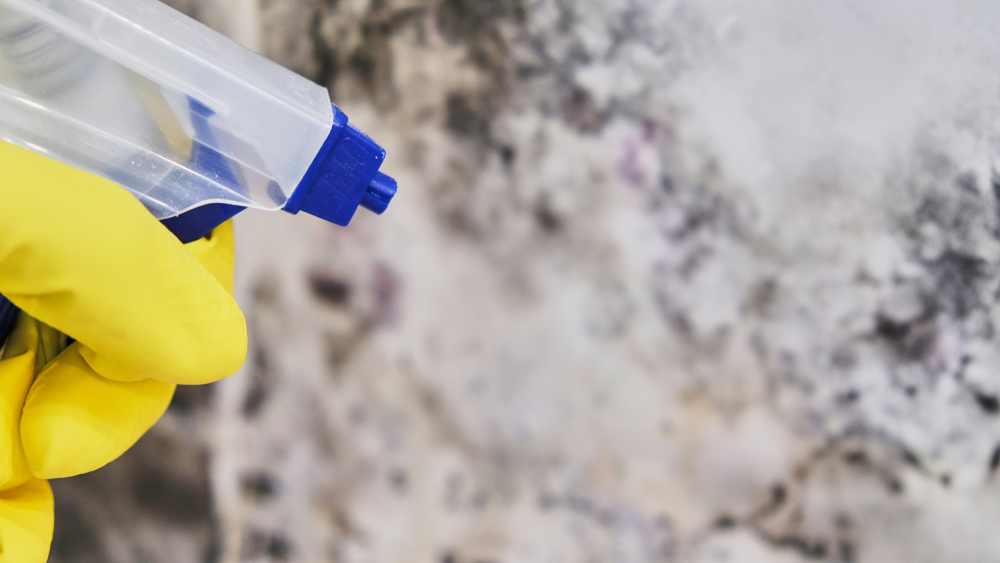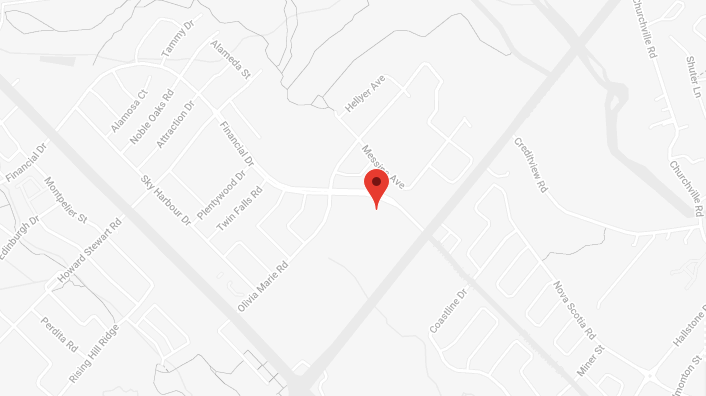Sewage Flood Cleanup: DIY vs Professional Services

Sewage flooding is a critical problem that needs to be addressed immediately. While there are minor flooding incidents that homeowners might be able to tackle, sewage flood cleanup is another story. It involves risks that would not make it DIY-friendly. Cleaning up sewage flooding without professional training and equipment may put homeowners’ health, home, and wallet at risk.
Health Risks of DIY Sewage Flood Cleanup
Sewage consists of greywater (from utilities like sinks, tubs, showers, and dishwashers) or worse — black water. It’s the water used to flush toilets mixed with the human waste that it flushes away. Sewage backups in homes can result from different causes. Those include clogs in the home’s drain pipes, tree roots, damaged sewer lines, and more.
Moreover, sewage, especially black water, contains contaminants like parasites, viruses, bacteria, and fungi. Contact with sewage without wearing personal protective equipment (PPE) and following proper procedures is thus a serious health threat. There’s the risk of contracting over a dozen diseases, such as hepatitis A and encephalitis.
Mould growth is another risk when attempting DIY sewage flood cleanup. Mould exposure can worsen allergy and asthma symptoms, especially in children and people with compromised immune systems. Flooding provides ideal conditions for mould to develop as it only needs moisture, organic material, and optimal temperature. What’s worse — it can grow within just 24 to 48 hours of the incident.
However, the greatest danger is not the risk of disease, but the risk of electrocution or explosion. Entering the flood area and lighting matches must is a bad idea. The utility companies must shut off the electric and gas service first. If property owners sense a gas smell, they should immediately evacuate the home and notify the gas company.
Also, entering the home must also be avoided if the main power switch was not turned off before the flooding. Touching electrical lines, wires, equipment, and fixtures during and after a flood, even with the power switched off, can be dangerous.
Why Sewage Flood Cleanup Requires Professional Restoration
Water damage is a progressive issue, so the longer you wait to deal with standing water, the greater the damage to the home. The carpets, furniture, walls, and much more, will suffer major damage without quick and proper intervention.
Furthermore, sewage flood restoration poses unique challenges and very real dangers, as explained above. Professional restoration technicians use the proper equipment and follow standard safety procedures and remediation techniques that typical homeowners would not normally have access to.
In a nutshell, here’s what professionals do to restore a property flooded with sewage:
- Pump out contaminated water and remove debris
- Identify and address the origin of the sewage backup
- Remove and replace damaged drywall and floors if necessary
- Use industrial dehumidifiers and air scrubbers to speed up the drying process
- Sanitize the area using specialized cleaners and procedures. This helps eliminate bacteria and mold to prevent health risks and preserve the structure and belongings.
- An experienced restoration company can also help with the insurance claims process.
Conclusion: Let professionals handle sewage flood cleanup!
Considering the difficulty and health risks of sewage cleanup, we strongly recommend hiring professionals to handle this task. Our IICRC-certified PuroClean teams respond 24/7 for water damage repair services. When PuroClean gets involved, our clients can rest easy knowing that their home will be back in order quickly and efficiently.


